

NdFeB Molding - Isostatic Pressing
NdFeB is a tetragonal crystal formed by neodymium, iron and boron (Nd2Fe14B).
In 1982, Masato Sagawa of Sumitomo Special Metals discovered neodymium magnets. The magnetic energy product (BHmax) of this magnet is greater than that of the samarium cobalt magnet, and it was the material with the largest magnetic energy product in the world at that time. Later, Sumitomo Special Metals successfully developed the powder metallurgy method, and General Motors successfully developed the spin-spray smelting method, which was able to prepare NdFeB magnets.
This kind of magnet is the second most magnetic permanent magnet after the absolute zero holmium magnet, and it is also the most commonly used rare earth magnet. NdFeB magnets are widely used in electronic products, such as hard drives, mobile phones, earphones, and battery-powered tools.
The sintered NdFeB permanent magnet material adopts the powder metallurgy process. The smelted alloy is made into powder and pressed into a compact in a magnetic field. The compact is sintered in an inert gas or vacuum to achieve densification. In order to improve the coercive force of the magnet , usually requires aging heat treatment.
Sintered NdFeB permanent magnet materials have excellent magnetic properties and are widely used in electronics, electrical machinery, medical equipment, toys, packaging, hardware machinery, aerospace and other fields. The more common ones are permanent magnet motors, speakers, magnetic separators, Computer disk drives, magnetic resonance imaging equipment instruments, etc.
The raw material metal powder is weighed and poured into the mold, and then pressed under the action of a magnetic field to become what we often call a green body. This process is to arrange countless NdFeB powders neatly under the action of a magnetic field, and press them through the mold to form A certain look. The magnetized surface has already been produced during the pressing process, and the magnetized surface will not change in the subsequent processing. After molding, it will be vacuum-packaged to provide conditions for the next process of isostatic pressing.
The pressed green body seems to have been formed, but the density of the pressed green body is only about 3.5/cm³, but theoretically after sintering, the density of Nd-Fe-B should reach about 7.5g/cm³, large squares and cylinders During pressing, because the gap is large, it is easy to have missing corners, cracks, and dimensional deformation. Therefore, the green body after pressing needs to be subjected to a secondary pressing of "isostatic pressing". Isostatic pressing is to uniformly press the green body in all directions through hydraulic oil, so that the density of the green body after isostatic pressing can increase to about 4.5g/cm³. It was mentioned just now that the green body needs to be vacuum-packaged, which is also to avoid the oil immersion of the green body during "isostatic pressing", and also to avoid oxidation of the green body.
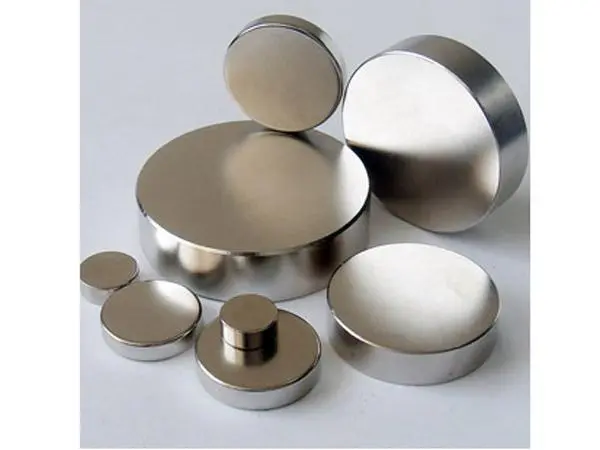
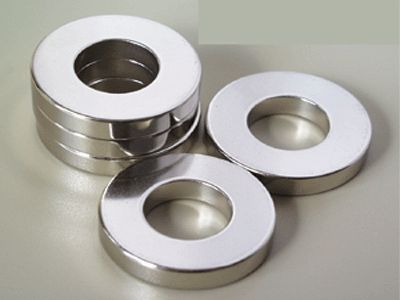
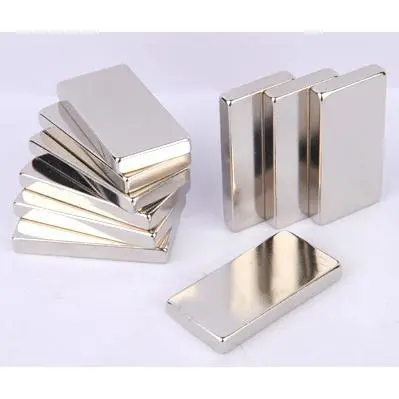
Cold Isostatic Pressing bags, molds, toolings CIP bags, molds, toolings
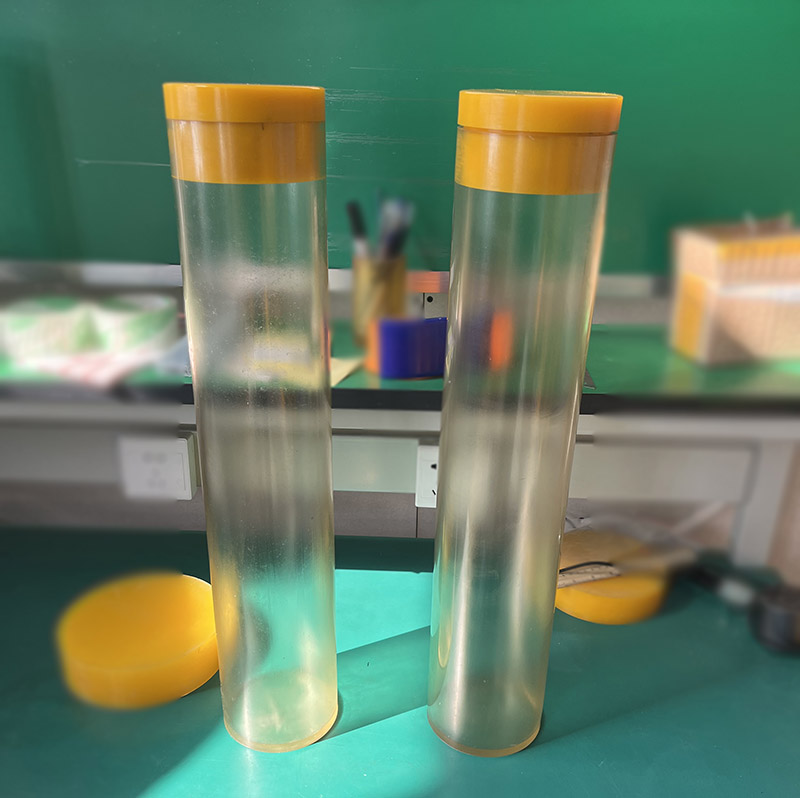
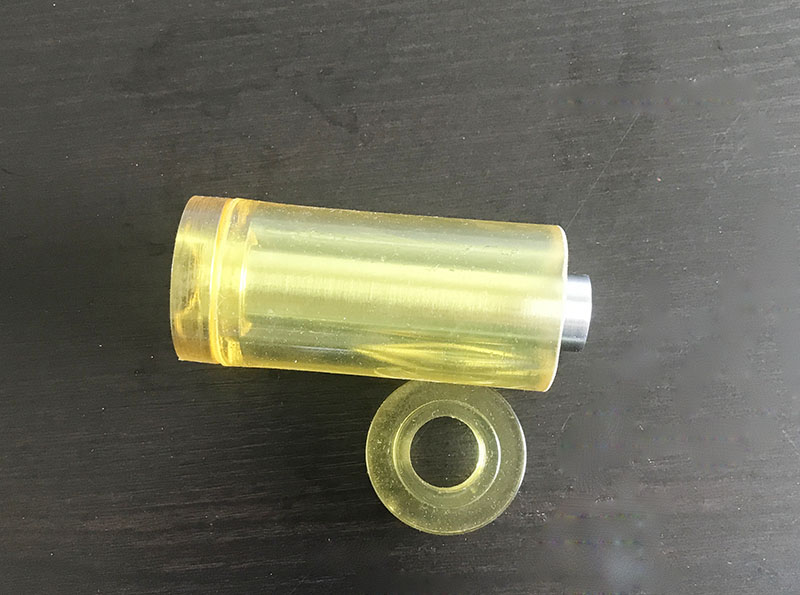
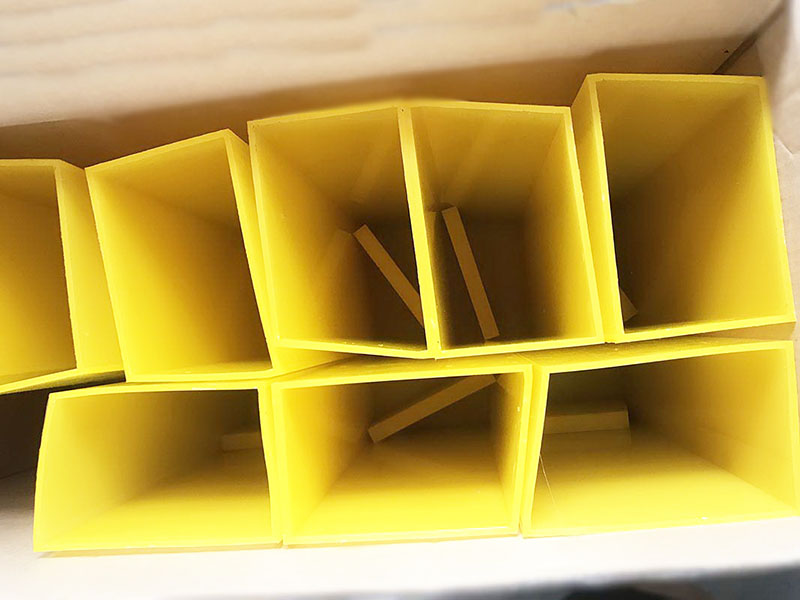
Rubber Mold Plastic Mold Polyurethane Products